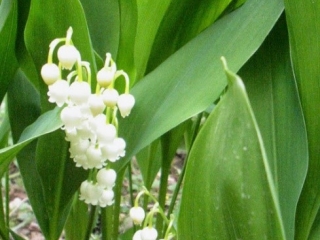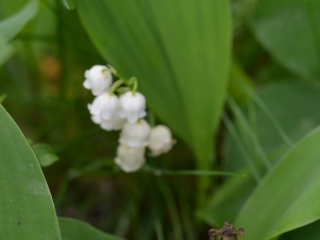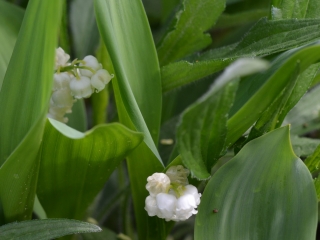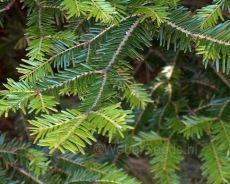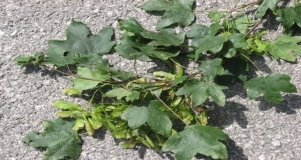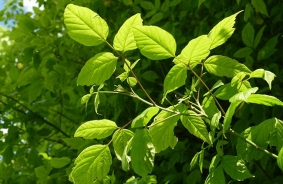Lily of the valley Convallaria majalis
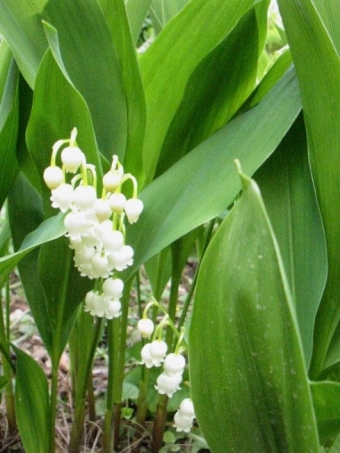
Features
Lily of the valley, Convallaria majalis, sometimes written lily-of-the-valley, is a highly poisonous woodland flowering plant with sweetly scented, pendent, bell-shaped white flowers borne in sprays in spring.
| Species | Perrenial |
| Living space | Bright forest |
| Size | up to 30 cm |
Description
It is possibly the only species in the genus Convallaria in the asparagus family. Convallaria majalis is an herbaceous perennial plant that often forms extensive colonies by spreading underground stems called rhizomes. New upright shoots are formed at the ends of stolons in summer, these upright dormant stems are often called pips. These grow in the spring into new leafy shoots that still remain connected to the other shoots under ground. The stems grow to 15–30 cm tall, with one or two leaves 10–25 cm long; flowering stems have two leaves and a raceme of five to fifteen flowers on the stem apex. The flowers have six white tepals (rarely pink), fused at the base to form a bell-shape, 5–10 mm diameter, and sweetly scented; flowering is in late spring. The fruit is a small orange-red berry 5–7 mm diameter that contains a few large whitish to brownish colored seeds that dry to a clear translucent round bead 1–3 mm wide. Plants are self-sterile, and colonies consisting of a single clone do not set seed. Lily of the valley is a poisonous plant (flowers cause diarrhea and vomiting) and can only be used as a medicine if prescribed by a doctor. It contains cardiotonic glycosides such as convalatoxin. Lily of the valley heals a sick (decompensated) heart.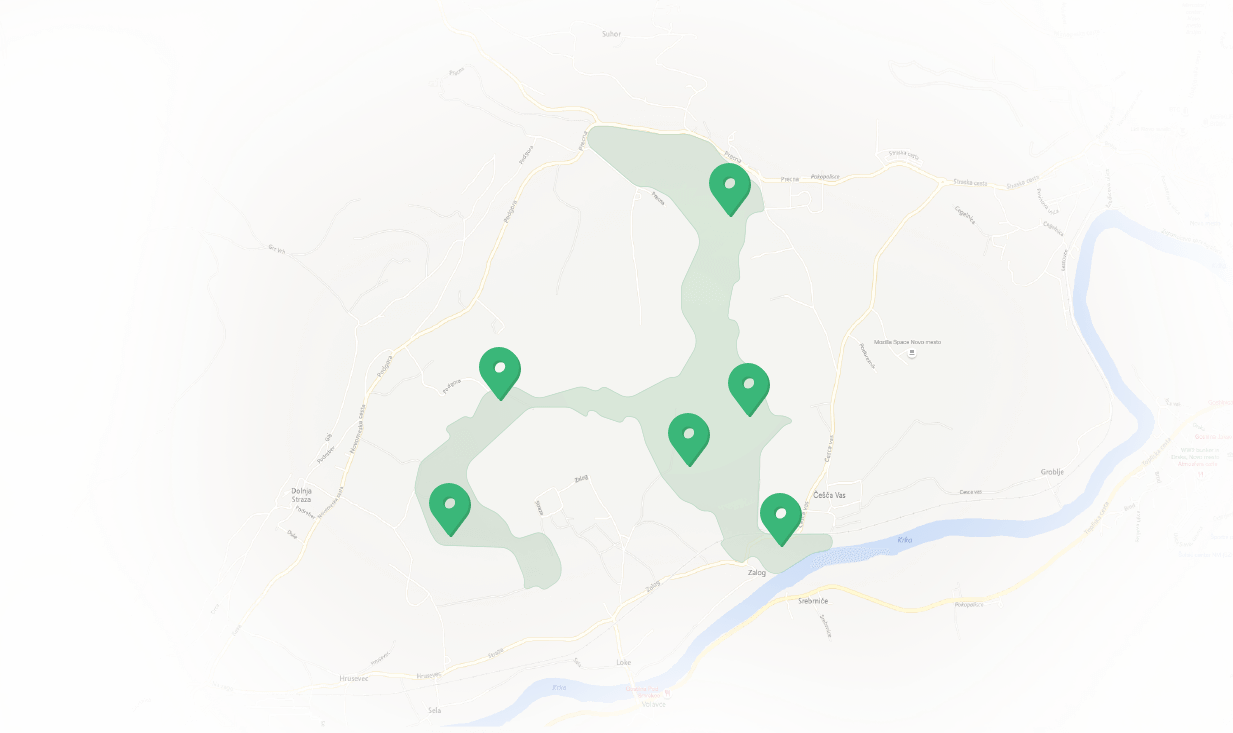
Features Temenica (3)
SPECIAL ogr.

